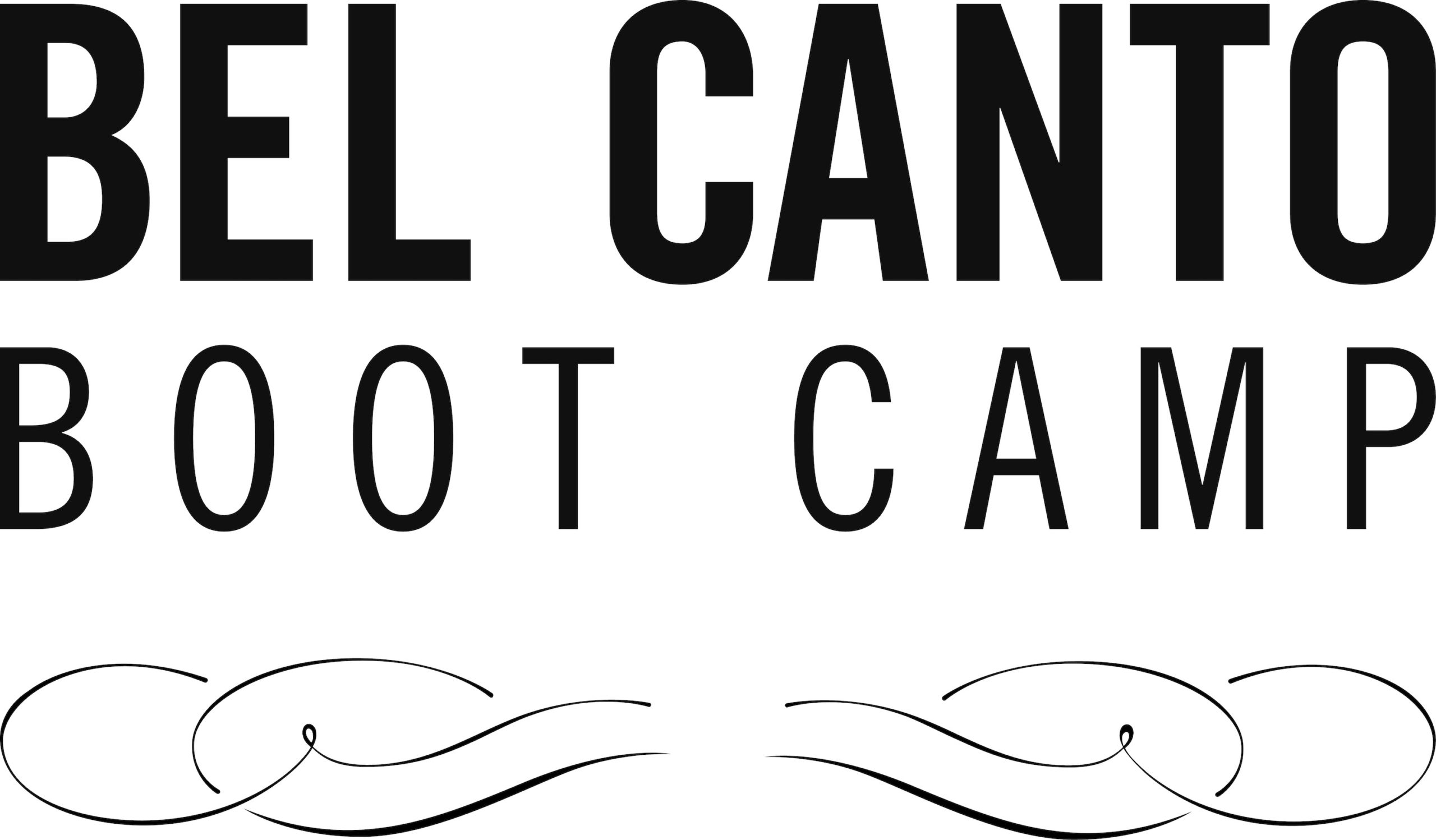In the mid-1990s I attended a performance of Salome at the Met starring one of the world’s most celebrated dramatic sopranos of the time in the title role. The entire production was deeply problematic on both a theatrical and musical level, but the central issue was the thorough inadequacy of the leading lady’s vocal performance, which was unsteady and tonally unalluring throughout the evening. (Her physical portrayal wasn’t much better, consisting of a lot of imperious gestures and arm flailing, all while wearing what looked like a young girl’s mid-1950s pink party dress. One critic wrote that she looked like a Hostess Snowball.) Now, Salome sings a lot in Salome, and she has the last twenty minutes nearly to herself; they were long and painful minutes this particular evening. So imagine my surprise when the Met audience burst into a long and sustained ovation at the end of the performance, with many curtain calls for the evening’s diva.
I was dumbfounded at the reaction, and as my then-boyfriend Jim and I shambled toward the exit and the promise of a badly needed drink, I managed only to shake my head and mumble, “But why?”
“That’s easy,” replied Jim. “They think that’s what a dramatic soprano is supposed to sound like. She screams at them, so they scream back.” And I realized he was right, that thirty years or so of increasingly wobbly and harsh voices in the great Wagner and Strauss roles had trained audiences’ ears to accept aural assault as the normal course of things.
